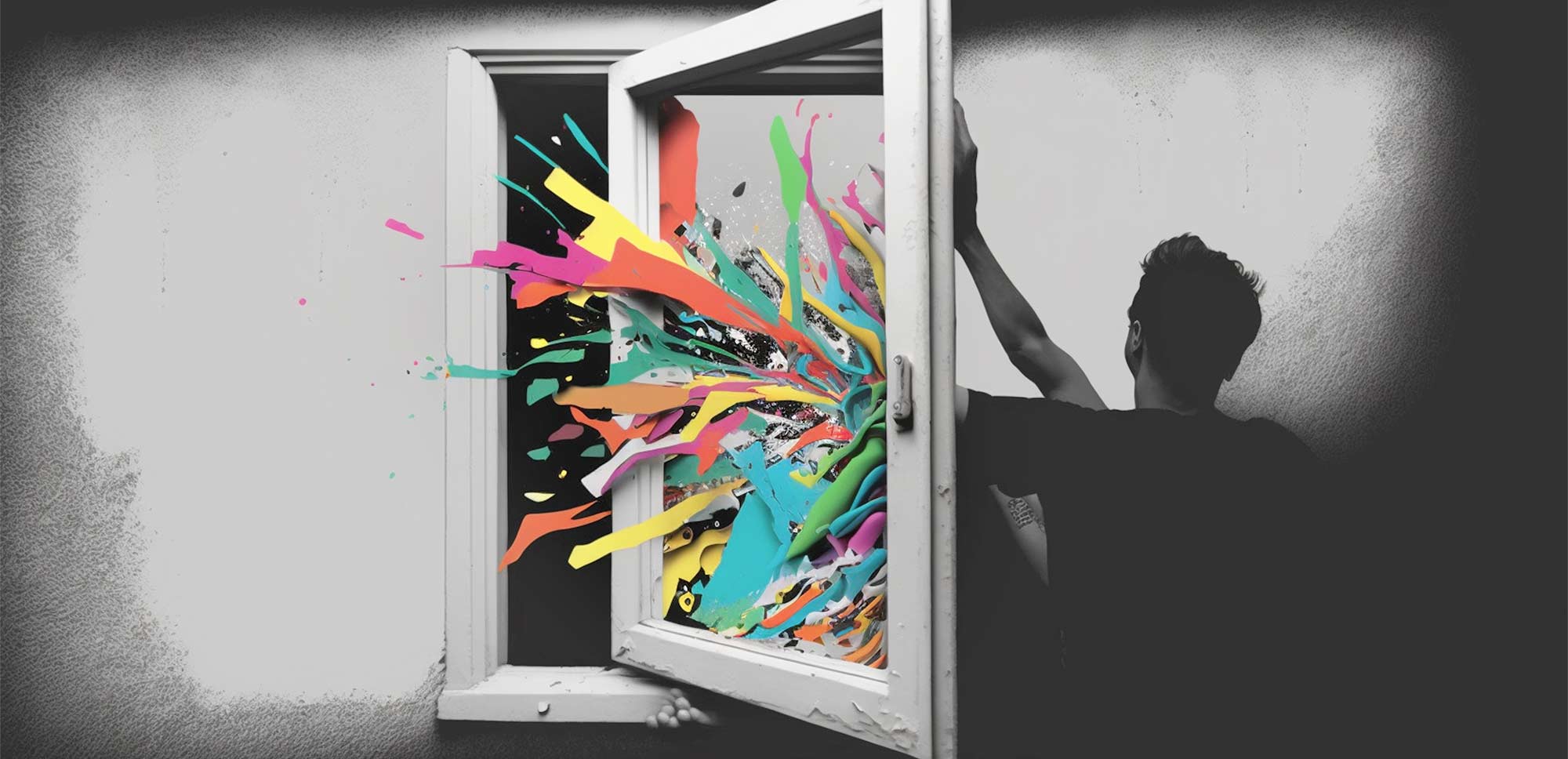In the centre of the city there’s an old brick building. On its façade, a broken window has remained unrepaired for months. As days turn into weeks and weeks into months, that broken window has been followed by the rest and there is no glass left that is not cracked, punctured or shattered.
Allowing someone to break that first window and not repairing it quickly was the beginning of a contagion effect. A small gesture like that can become a silent symbol of disorder and negligence and give the green light for uncivil behaviour to be reproduced in our society or organisational culture. This is precisely what the broken window syndrome is all about.
What will I read about in this article?
- What is the broken windows theory
- The relationship between urban neglect and irregular behaviour
- The broken window theory and corporate corruption
What is the broken window theory?
The broken window theory, formulated by criminologists James Q. Wilson and George Kelling in the 1980s, explains that visible signs of disinterest and deterioration can incite criminal behaviour. If one broken window is left unrepaired, the theory suggests, soon all windows will be broken.
But what has a broken window got to do with human behaviour – isn’t it just a piece of glass? Herein lies the interest of the metaphor. A broken window isn’t just a broken window. It’s a visible sign of neglect, an unspoken message that says: “Order doesn’t matter here. Care doesn’t matter here”. And that message, according to Wilson and Kelling, can have a contagious effect.
This phenomenon extends to immoral or uncivil behaviour. A small act of thoughtlessness, such as littering in the street or drawing graffiti on a wall, may seem insignificant on its own. But if left unchecked, it can send a powerful message: “Here, uncivil is tolerated”. And that message can inspire others to follow suit, spreading immorality and disorder like a virus.
An approach to the relationship between urban carelessness and irregular behaviour through the theory of broken windows
Prior to the development and implementation of various criminological theories, the main concern of the police was to prevent crimes that were perceived to be the most serious and have the greatest consequences for the victim, such as rape, robbery and murder. Criminologists James Q. Wilson and George Kelling took a different view. They saw serious crime as the end result of a longer chain of events, and theorised that crime emanated from disorder and that, if the initial disorder was removed, then serious crime would be reduced.
In an experiment, psychologist Philip Zimbardo left two cars unattended in two very different neighbourhoods: one rich and one poor. In the poor neighbourhood, the car was quickly stripped, while in the rich neighbourhood, the car remained untouched until Zimbardo himself broke a window. Then, the car was also stripped.
The conclusion was that the cause does not lie in poverty, but in the fact that broken glass in an abandoned car conveys an idea of decay, disinterest and carelessness that will create a feeling of the absence of law, norms and rules and freedom of behaviour.
Corporate corruption: from small lies to big frauds
In the corporate context, a “broken window” can be any form of inappropriate behaviour that is not properly addressed. A clear example is corruption, as discussed in this article. Whether it’s something as subtle as petty lies or cheating, or something more obvious such as bribery or fraud, if these actions are not confronted at the outset and managed properly, they can create an environment where corruption is normalised and even more damaging behaviour is encouraged.
“A broken window can be any form of inappropriate behaviour that is not adequately addressed“.
For example, if an employee sees that colleagues are knowingly fabricating expense reports without any repercussions for the rest of the team, he may feel that he can do it too. This type of behaviour can escalate into financial fraud.
If organisations allow attitudes that are contrary to their ethical standards, it can lead to employees normalising them in the course of their professional activities.
A corporate culture that doesn’t value integrity can be like a building full of broken windows. If company leaders engage in corrupt behaviour or are aware of it without repercussions, this can create an environment in which corruption is normalised or even accepted as valid and necessary for success.
Moral: Next time you pass that old building with the broken window, think about what it represents. It’s not just a broken window. It’s a reminder of our shared responsibility to keep our communities clean, safe and respectful, a reminder that each of us has a role to play in preventing the spread of incivility.
Sources:


